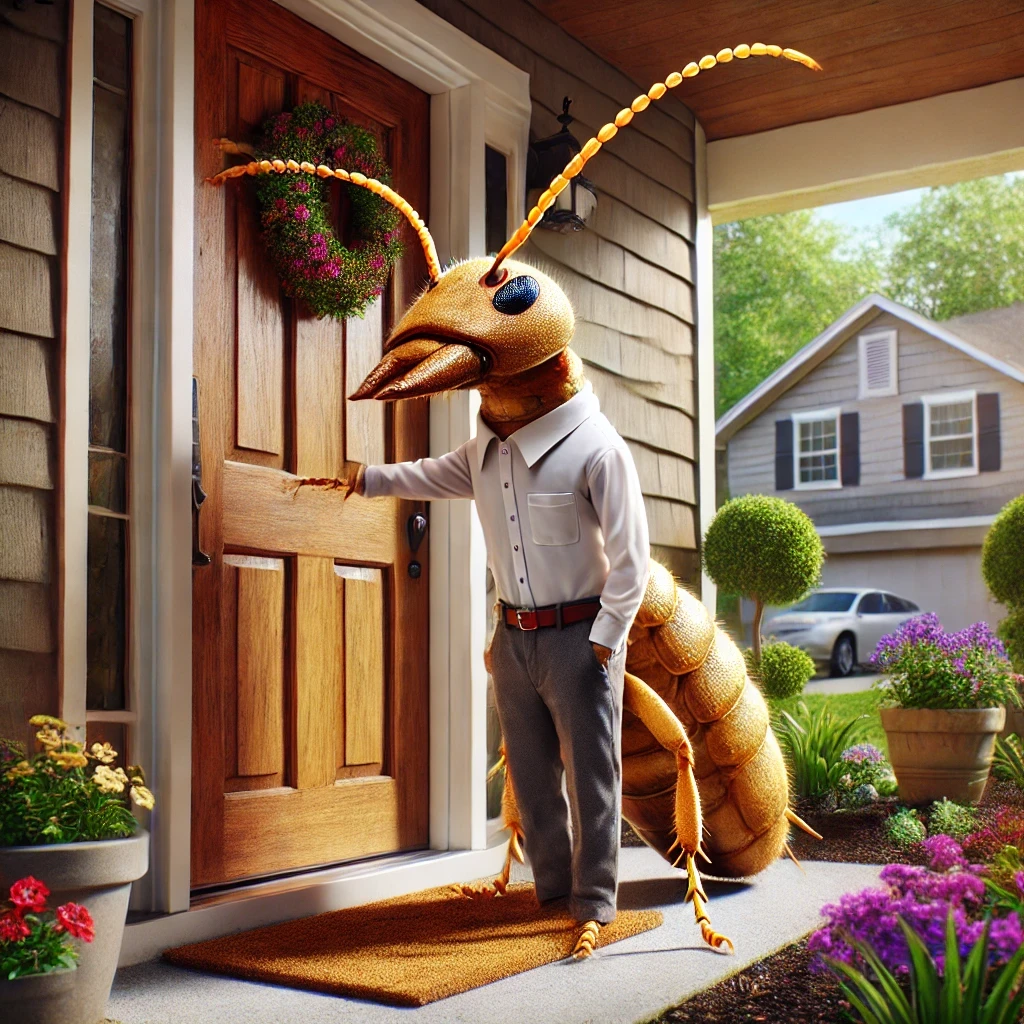A Guide to Identifying Common Ant Species
Ants are among the most ubiquitous pests found around homes and businesses worldwide. They’re not just a single kind of pest; over 12,000 species of ants are known to science. While all ants share some common characteristics – like their segmented bodies and six legs – they can differ vastly in terms of size, color, behavior, and habitat. This guide will help you identify some of the most common ant species you might encounter.
1. Carpenter Ants
Identification: Typically black, but can sometimes be reddish-brown. They are relatively large, ranging from 3.4 to 13 mm long.
Habitat: Prefer to establish their colonies in wood, particularly if it’s damp or decaying.
Note: They don’t eat wood like termites but carve it out to build their nests.
2. Odorous House Ants
Identification: Small ants measuring about 2.4 to 3.3 mm in length. They are brown or black.
Habitat: These ants love sweet things and are often found foraging in kitchens.
Note: When crushed, they give off a rotten coconut-like smell, hence their name.
3. Pavement Ants
Identification: Brown to blackish in color and measure around 2.5 to 3 mm in length.
Habitat: Commonly found under sidewalks, logs, and at the edge of pavements. They eat almost anything, from seeds to honeydew to meats.
Note: They often enter homes in search of food.
4. Fire Ants
Identification: Reddish-brown and can range from 2 to 6 mm in length.
Habitat: Prefers warm, sunny conditions and are often found in open areas. They build large mound nests.
Note: Known for their painful sting, which can cause an itchy, burning rash.
5. Pharaoh Ants
Identification: Tiny ants, about 1.5 mm long, and are yellow to light brown.
Habitat: These ants are often found in homes and buildings, usually in warm, humid areas.
Note: Pharaoh ants can carry and transmit various diseases, making them a significant concern in hospitals.
6. Argentine Ants
Identification: Small, about 2.2 to 2.6 mm in length, and are light to dark brown.
Habitat: Prefer moist areas and can build their nests under plants or within buildings.
Note: They are known to drive out native species of ants, making them a significant invasive species in many areas.
7. Thief Ants
Identification: Extremely small, around 1.1 to 1.5 mm, and are yellow to brown.
Habitat: Often found close to other ant colonies, from which they steal food (hence the name).
Note: They prefer high-protein foods like meats and can be a nuisance in kitchens.
Understanding the type of ant you’re dealing with can greatly influence your approach to control and prevention. Some ants can cause structural damage (like carpenter ants), while others can pose health risks or simply be a nuisance. If you suspect you have an ant infestation, it’s always a good idea to consult a pest control professional who can provide tailored solutions based on the specific ant species and the extent of the problem.





